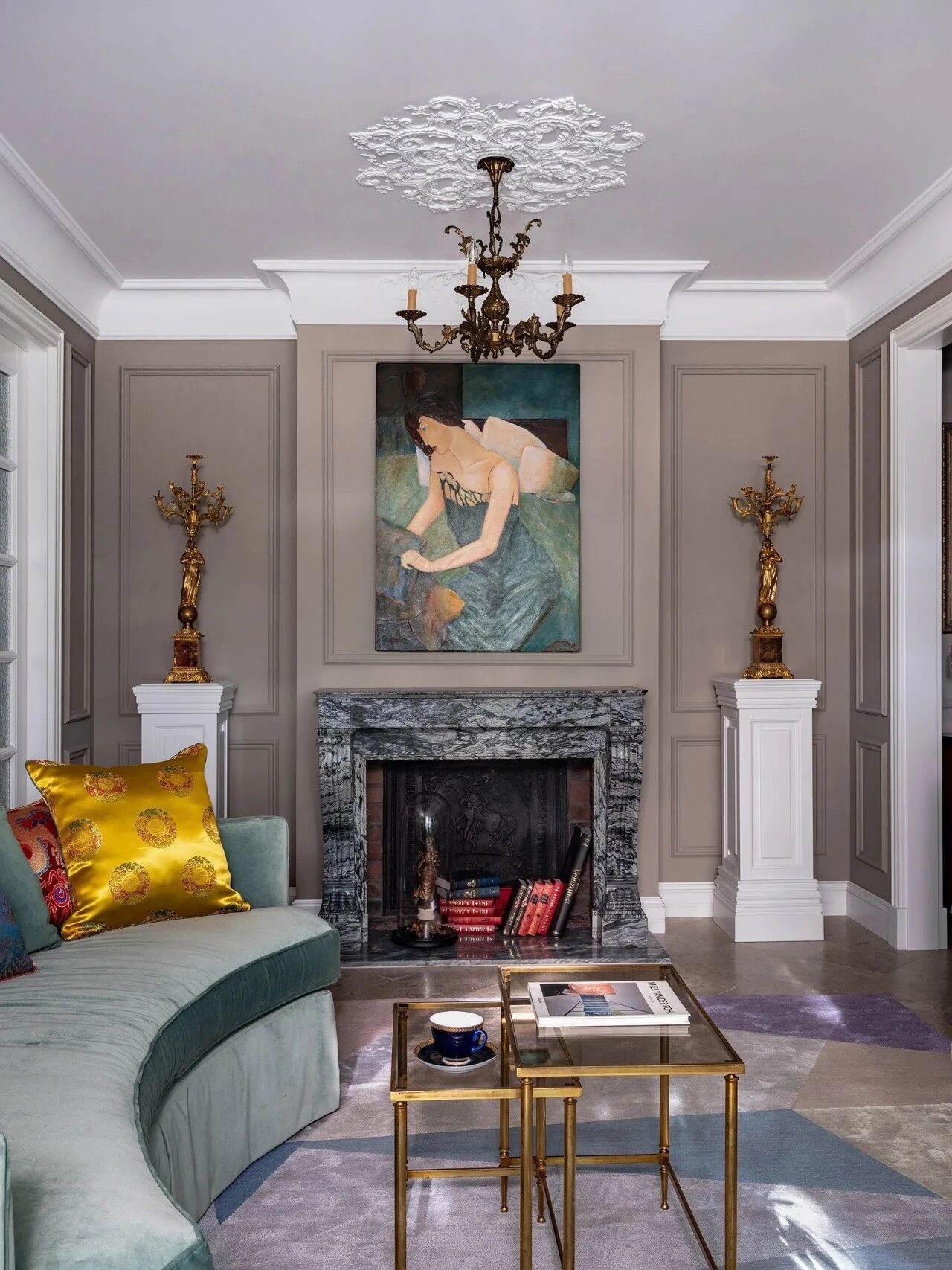RACV Tiny Home / Maddison Architects
2019-03-18 22:25
Project: RACV Tiny Home Architects: Maddison Architects Location: Victoria, Australia Lead Architect: Peter Maddison Design Team: Jesse Newstadt Area 19.0 m2 Project Year 2018
项目:Racv微型住宅建筑师:Madison建筑师位置:维多利亚,澳大利亚牵头建筑师:PeterMadison设计团队:JesseNewstadt地区,2018年项目年2018年
Maddison Architects were engaged by RACV to develop a ‘tiny home’ to showcase what makes a home comfortable to live in and affordable to run. The house was designed specifically to fit on the back of a truck so that it could be transported around Victoria.
MaddisonArchitects由RACV参与开发一个“小型住宅”,以展示一个家庭舒适居住和可承受的运行。房子专门设计用于安装在卡车的后面,以便在维多利亚周围运输。
A range of environmentally sustainable design initiatives have been woven into the project from passive design principles through to a range of active systems including integrated solar PV and battery storage.
已将一系列环境上可持续的设计倡议纳入该项目,从被动设计原则到一系列主动系统,包括集成太阳能光伏和电池储存。
We sought to investigate the simple gable roof form as a iconic indicator of home, whilst exploring the volume this creates internally. The object was conceived as a package that could literally be slid off a truck onto flat ground and ‘open up’. Hydraulic rams lift gridded yellow panels creating sunshades, wing walls and decking – much like a cardboard box would unfold. RACV Tiny Home can operate totally off grid or connect into services. Sewerage, grey water and drinking water are collected as is solar power. A high level of connectivity has been embedded into the fabric of the building to allow for voice activated Google Home to run the automated systems.
我们试图调查简单的山墙屋顶形式,作为一个标志性的指示,同时探索体积,这创造了内部。这个物体被设想成一个包裹,可以从卡车上滑落到平坦的地面上,然后“打开”。液压公羊举起网格黄色面板创造遮阳,机翼墙壁和甲板-就像一个纸板箱会展开。RACV微型家庭可以完全脱离电网运行或连接到服务中。收集污水、灰色水和饮用水,就像收集太阳能一样。一种高水平的连接已经嵌入到建筑物的结构中,使语音激活的GoogleHome能够运行这些自动化系统。
These include WIFI, security, home entertainment with concealed motorised TV, lighting, sound system and curtain operation. The construction of the building has high aspiring techniques that deliver a building 60% more energy efficient than a standard 6-Star Section J Rated home. (As rated by BEAC energy consultants) To achieve this rating we employed amongst other things, a seven layered wall and roof system that included ‘phase change’ (satchels of coconut and soy bean oil) which produces a wall characteristic equal to 100mm thick concrete slab. The RACV Tiny Home is built on a PFC raft with a steel portal frame, giving the required structural integrity to withstand a 100km/h headwinds whilst trucking around the state of Victoria.
这些设施包括WiFi、保安、带隐藏式电视的家庭娱乐、照明、音响系统和窗帘操作。该建筑的建设有很高的抱负技术,提供了60%的能源效率比标准的6星级J级住宅。(BEAC能源顾问评定)为了达到这一评价,我们采用了七层墙和屋顶系统,其中包括“相变”(椰子和豆油包),产生相当于100毫米厚混凝土板的墙特性。RACV微型家庭是建立在一个PFC筏与一个钢门式刚架,提供了所需的结构完整性,以承受100公里/小时的逆风,同时卡车在维多利亚州周围。
Externally all extraneous objects such as gutters, solar panels, water tanks, etc, are embedded to present a well resolved sleek object. The finely spaced external spotted gum cladding is intended as a rain and sun screen. It would suit certain BAL applications, being Category 1 wood with a charred finish. Acknowledging the principles of biophilic design the interior is lined with radial sawn Vic hardwood, planting is included in window reveals. A collaboration with Clare Kelder (Graphic Designer) resulted in Australian wool and felt being used for purpose designed soft furnishings. Compact living is celebrated with fold out tables, micro bathroom, playful cargo net as a kids escape and built in seating much like you would expect in an aluminium Viscount caravan from the 70’s.
在外部,所有无关的物体,如排水沟、太阳能电池板、水箱等,都被嵌入,以呈现一个分辨率良好的圆滑物体。细间隔的外部斑点口香糖覆层是打算作为一个雨和防晒霜。它将适合某些BAL应用,是第1类木材与烧焦完成。认识到生物设计的原则,内部是内衬径向锯VIC硬木,种植是包括在窗口显示。与克莱尔·基尔德(平面设计师)的合作导致了澳大利亚羊毛和毛毡被用于设计软家具的目的。紧凑的生活与折叠的桌子,微型浴室,好玩的货物网,当一个孩子逃脱,并建立在座位上,就像你所期望的一个70年代的铝子爵大篷车。
 举报
举报
别默默的看了,快登录帮我评论一下吧!:)
注册
登录
更多评论
相关文章
-

描边风设计中,最容易犯的8种问题分析
2018年走过了四分之一,LOGO设计趋势也清晰了LOGO设计
-

描边风设计中,最容易犯的8种问题分析
2018年走过了四分之一,LOGO设计趋势也清晰了LOGO设计
-

描边风设计中,最容易犯的8种问题分析
2018年走过了四分之一,LOGO设计趋势也清晰了LOGO设计














































